open frame vs. closed frame inverter generators
- By BISON
Table of Contents
Inverter generators have quickly become a popular choice for power solutions due to their efficiency, portability, and ability to provide steady power to sensitive devices. Whether you need one for camping, tailgating, or as a reliable backup power source in an emergency, inverter generators have proven to be a versatile and trustworthy tool.
However, inverter generators also come in open and closed designs. Each design has its own advantages, disadvantages, and ideal applications, so it’s important to understand the differences before purchasing.
This article aims to walk you through the key differences between open and closed inverter generators, helping you make an informed decision based on your power needs, budget, and intended use. You’ll be able to clearly choose the generator that best suits your lifestyle and needs.
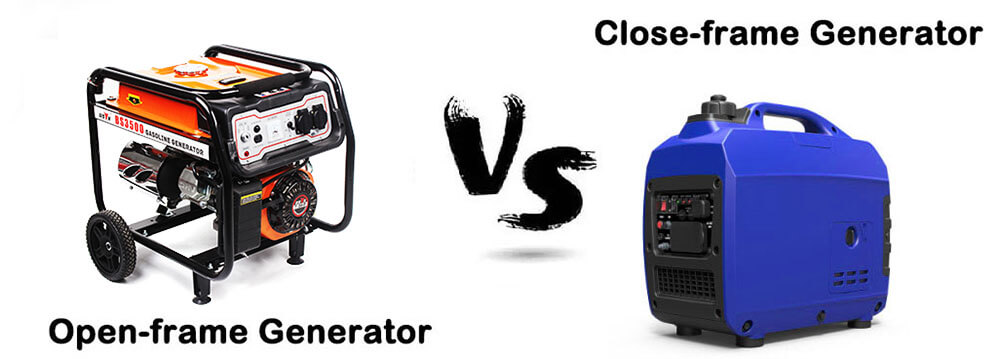
What is an open frame inverter generator?
An open frame inverter generator is a generator with an exposed design, meaning its internal components are not enclosed in a protective casing. The design is reminiscent of a traditional open frame generator, but incorporates advanced inverter technology to provide a steady power output suitable for modern devices.
Key features of open frame inverter generators:
- Easy installation: The open design makes these generators easy to install and operate, especially for outdoor use.
- Flowability: The open design ensures better ventilation, which helps regulate temperature.

What is an closed frame inverter generator?
Closed frame inverter generators are completely enclosed in a protective casing, with their motor and other components isolated from the outside elements. They are a popular choice for recreational and home backup power.
Key features of closed frame inverter generators:
- Reduced noise: The casing acts as a sound barrier, making operation quieter.
- Weather and weather protection: The casing provides additional protection against dust, moisture, and environmental wear and tear, ensuring longer-lasting performance.
- Modern design: Closed frame models are typically more sophisticated in appearance, pleasing to the eye in both outdoor and residential settings.
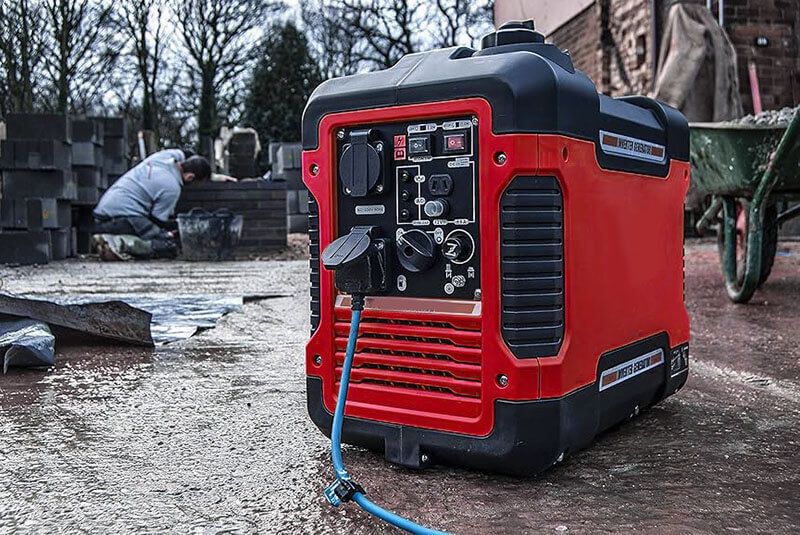
Key differences between open and closed frame inverter generators
When choosing between open and closed frame inverter generators, understanding how they differ in several areas is essential to determining which is best for your needs. Below, we will analyze their main differences in terms of noise level, engine overhaul, price, portability, durability, efficiency, and performance.
Noise level
Noise level is an important factor to consider, especially if you plan to use your generator in a residential area or for leisure activities.
Open Frame inverter generators are usually noisier when running due to their exposed design. The noise level ranges from 70 to 90 decibels, making them less suitable for quiet environments.
Closed frame inverter generators are designed for quieter operation, thanks to their insulated casing, which reduces noise levels. They usually run around 50 to 65 decibels, making them ideal for camping, tailgating, and noise-sensitive areas.
Engine overhaul and overhaul
Regular maintenance and engine overhauls are essential to extend the life of your generator.
Open frame inverter generators are designed to provide easy access to internal components, making maintenance tasks such as oil changes or engine repairs simpler. This is very beneficial for users who manage maintenance on their own.
While the enclosure protects the internal components, it can make maintenance and repairs slightly more challenging. Users may need to remove panels to access the engine, which requires extra effort.
Price
Cost is often a determining factor in choosing a generator, especially for budget-conscious consumers.
Open frame inverter generator models are often more cost-effective, offering higher power output at a lower price. This makes them ideal for heavy-duty applications, such as construction sites or home backup power.
Closed frame inverter generators tend to be more expensive due to their compact design, advanced features (such as noise reduction technology and higher fuel efficiency), and additional enclosure materials.
Portability
For users who plan to transport their generators frequently, portability is critical.
Open frame inverter generators are typically larger and heavier, making them less portable. While some open designs include carrying handles, mobility can still be a challenge.
Closed frame inverter generators’ lightweight construction and ergonomic design make closed frame inverter generators extremely portable.
Many closed frame inverter generators come with carrying handles or wheels for easy transportation, making them ideal for outdoor enthusiasts or small gatherings.
Durability
Durability determines a generator’s ability to withstand environmental stress and long-term use.
Open frame inverter generators are better suited for outdoor or heavy-duty applications due to their rugged, exposed design. However, they offer less protection against environmental factors such as dust, rain, or extreme temperatures.
Closed frame inverter generator casings offer better protection against weather and debris, helping to extend the life of the generator. However, they may not withstand rough handling as well as Open frame inverter generators.
Efficiency and performance
Both Open frame and closed frame inverter generators use inverter technology to provide clean, stable power to sensitive electronics, but they differ in their focus on efficiency.
Open frame inverter generators These models prioritize higher power output and reliability, making them ideal for users who need stable, high-load performance. However, they may consume more fuel than closed frame inverter generators during extended use.
Closed frame inverter generators often focus on fuel efficiency and advanced features, such as eco-mode, that allow them to run longer on less fuel. While their maximum power output may be lower, their efficiency makes them ideal for recreational and residential use.
Additional features
When comparing the two designs, consider other features that may enhance your overall experience:
Open frame inverter generators often come with larger fuel tanks for longer run times and may have power outlets designed for high-load appliances.
Closed frame Inverter generators focus more on convenience and modern features, with additional features such as remote start, USB ports, and digital displays.
Summary
Both types use inverter technology to provide reliable, clean power, but they differ in terms of noise levels, portability, durability, and advanced features. Open frame inverter generators are best suited for construction sites and outdoor operations. Closed frame inverter generators excel in situations that require a quieter, more portable solution, such as home backup power, camping, and RVing, where the noise reduction features of enclosed models can minimize distractions.
In summary, if you prioritize affordability, ruggedness, and high-power output, an open frame inverter generator is the ideal choice for you. On the other hand, if you value quiet operation, portability, and advanced features such as fuel efficiency and energy-saving modes the most, an enclosed frame inverter generator is the better choice. Understanding your power needs and the environment in which the generator will be used will help you make the most informed and efficient purchasing decision.
Most Popular Posts
QUESTIONS?
CONTACT US TODAY.
buy?
Related Posts
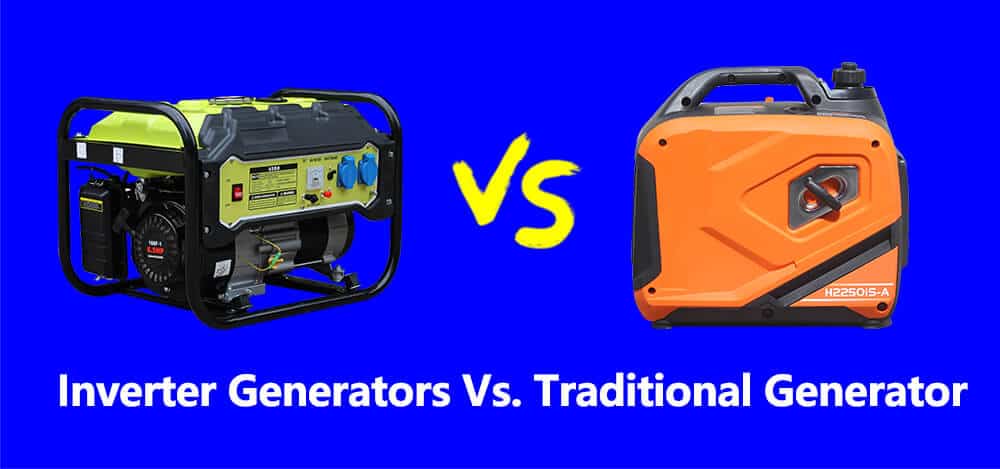
Inverter generators vs. traditional generator
Home / News / Table of Contents In the world of power generation, two types of generators have long been
Related Products
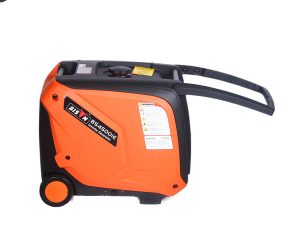
4000 watt closed frame inverter generator
As one of the most professional 4000 watt closed frame inverter generator suppliers in China,
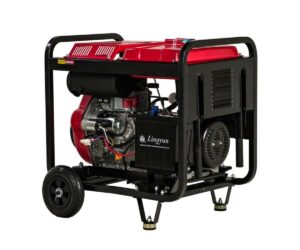
5000w open frame diesel generators with wheels
5000w open frame diesel generators with wheels are manufactured by our company – BISON, and
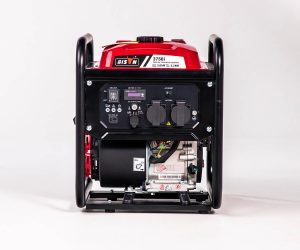
transfer-switch-ready open frame inverter generator
BS3750i transfer-switch-ready open frame inverter generator is designed to provide power for residential, commercial, and
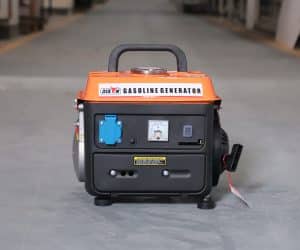
portable open-frame gasoline generator
As one of the most professional portable open-frame gasoline generator suppliers in China, our factory
.png)
-qbpqbzxxvtguiuwezisu6wo6j1i29b4m1el1ir1u8o.png)

